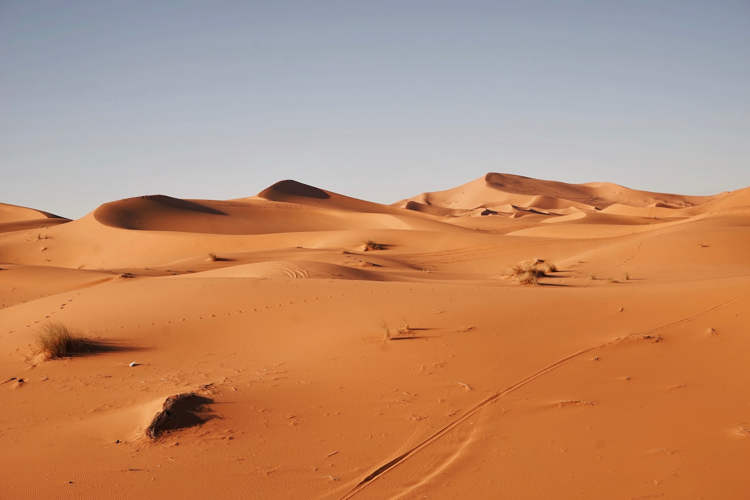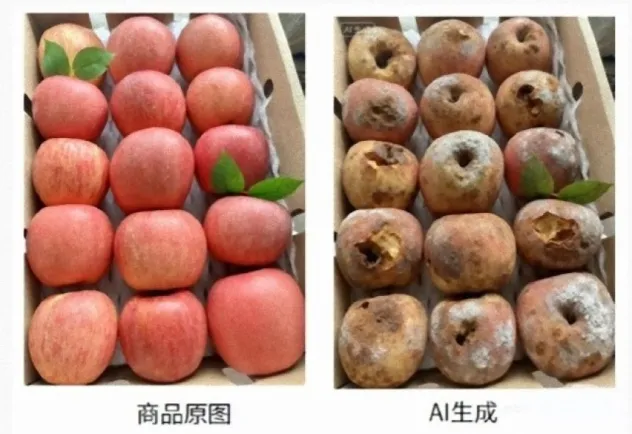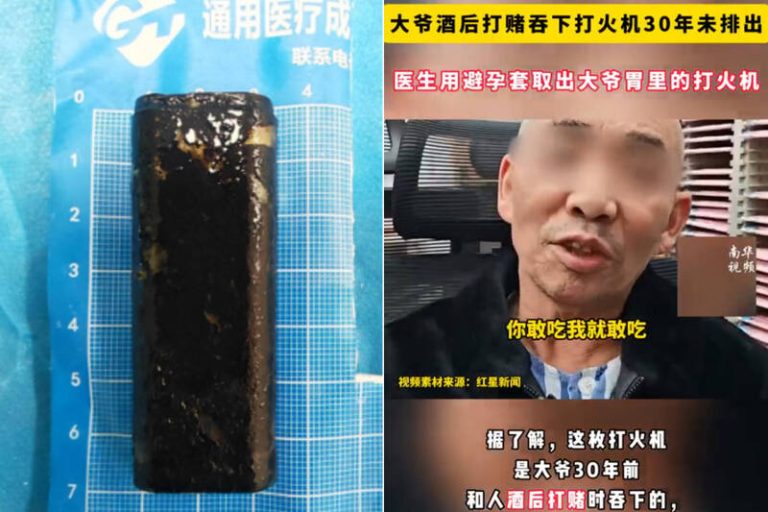Norwegian startup Desert Control claims that it can fight desertification efficiently by spraying sand with Liquid NanoClay (LNC) and turning it into soil in a matter of hours.
In the past, we’ve featured many ‘green heroes‘ who have been fighting desertification for decades, using all sorts of techniques, from draught-resistant shrubbery to tree barriers, but now a startup claims to obtain much better results in the same harsh conditions in just seven hours. Invented in the early 2000s by Norwegian scientist Kristian Olesen, Liquid NanoClay is the secret behind Desert Control’s amazing achievements. When sprayed onto sand, this amazing invention trickles down and percolates the sand, turning it into water-retaining soil where plants can germinate and thrive.

Photo: Andrzej Kryszpiniuk/Unsplash
Farmers have been using clay to increase the fertility of their lands for thousands of years, and the Nile Delta is famously fertile thanks to its clay, but working thick, heavy clay into less fertile land, let alone sand, has always been laborious and time-consuming. Desert Control managed to overcome this hurdle by making the clay particles in their NanoClay as small as possible.
Liquid NanoClay sounds fancy, but it’s made with just water and clay. The company’s secret is its ability to turn thick clay into a liquid “nearly as thin as water,” which is then sprayed over the sands, percolating the top layer all the way to a few dozen centimeters. The clay binds to the sand particles and forms a moisture-retaining soil that, while not as fertile as dark soil, can definitely support plant life.
Desert Control currently has its sights set on the UAE, a wealthy market that currently imports about 90 percent of its food, because growing anything in this desert environment is so tough. The technology has already proven its use, turning a barren desert into soil, but there is still the limitation of cost.
CNN reports the cost of treatment ranges from $2 to $5 per square meter (11 square feet), not exactly cheap, considering the vast areas that need to be treated with Liquid NanoClay in order for agricultural projects to make sense. However, Desert Control plans to develop units capable of producing large amounts of Liquid NanoClay, which would bring down the price considerably.
“If they are able to reduce the price and make it affordable for the least income countries, it could have a really huge impact on food security and the ability of many of those countries to use their own crops,” said Ismahane Elouafi, Director General of Dubai’s International Center for Biosaline Agriculture. “It could be tremendous.”
With 12 million hectares of fertile land being lost to desertification every year, Desert Control’s solution sounds like nothing short of a miracle. Being able to turn sand into plant-sustaining soil in just seven hours sounds unreal, but it works.
According to Desert Control, the effects of Liquid NanoClay last for about five years, after which the artificially-created soil needs a top-up.












